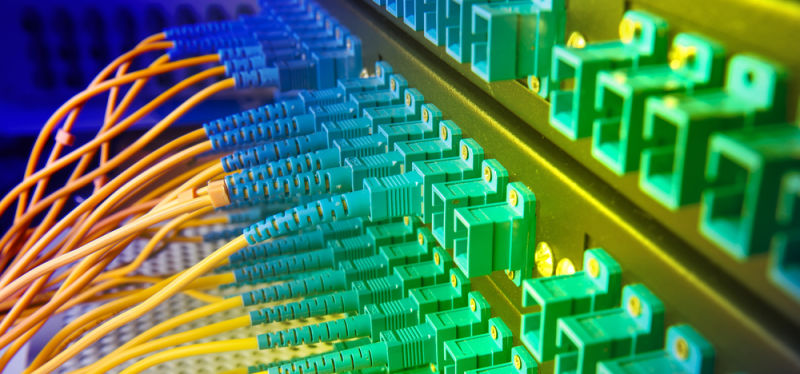Did you know that the electrical grids we use in modern society mimics ancient irrigation and plumbing systems dating back to at least the height of the Roman Empire, 2000 years ago? Yes, at that time, the Romans had developed a plumbing system largely founded on a massive integrated network of lead pipes that moved water without human intervention.
Obviously, this is a system we still use today.
Well, our electrical systems are similar in that the electricity is generated in one place—much like how water always originates at an aquifer—and then is transported in through a network.
Over time, of course, we have learned to upgrade both of these systems but electrical transport has seen much bigger advances. 
INTRODUCING FIBER OPTICS
Today we use Primecables.com fiber optics systems to send information digitally, faster than we ever have before. Anytime you use a landline telephone, the analog signal must travel through the cables (and potentially through the air) to the other person. Your cell phone requires a signal to be sent up to a satellite and then beamed back down via radio tower to the other person.
On the other hand, fiber optics relies on information coded into a beam of light that is then sent through a plastic or glass tube. It has actually been around since the 1950s as it was originally used as a tool to help doctors see better inside the human body with only a small incision. Of course, research and development discovered other uses for the technology that sends information at the speed of light.
A CLOSER LOOK
The fiber optics we use today is made up of small strands of plastic or glass known as optical fibers. Each cable can have as few as two optical fiber strands, but it is possible for the cable to have many more. Regardless, these cables can typically carry 25,000 phone calls.
Obviously fiber optic cables use light to carry data, but they can also carry electric current. Indeed, there are many different types of fiber optic cables—of varying grade and thickness degrees that can address various uses.









Comments